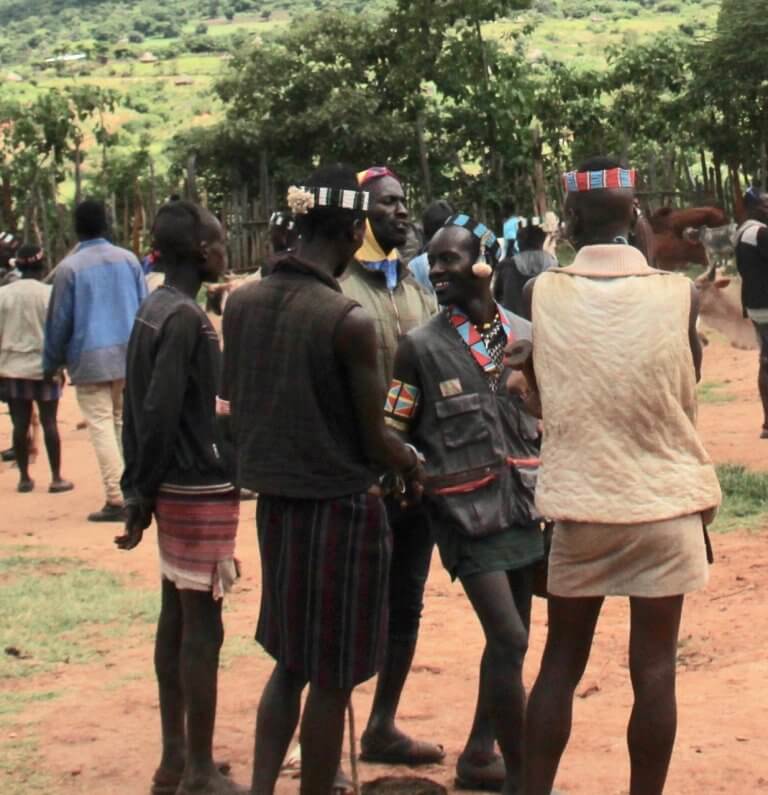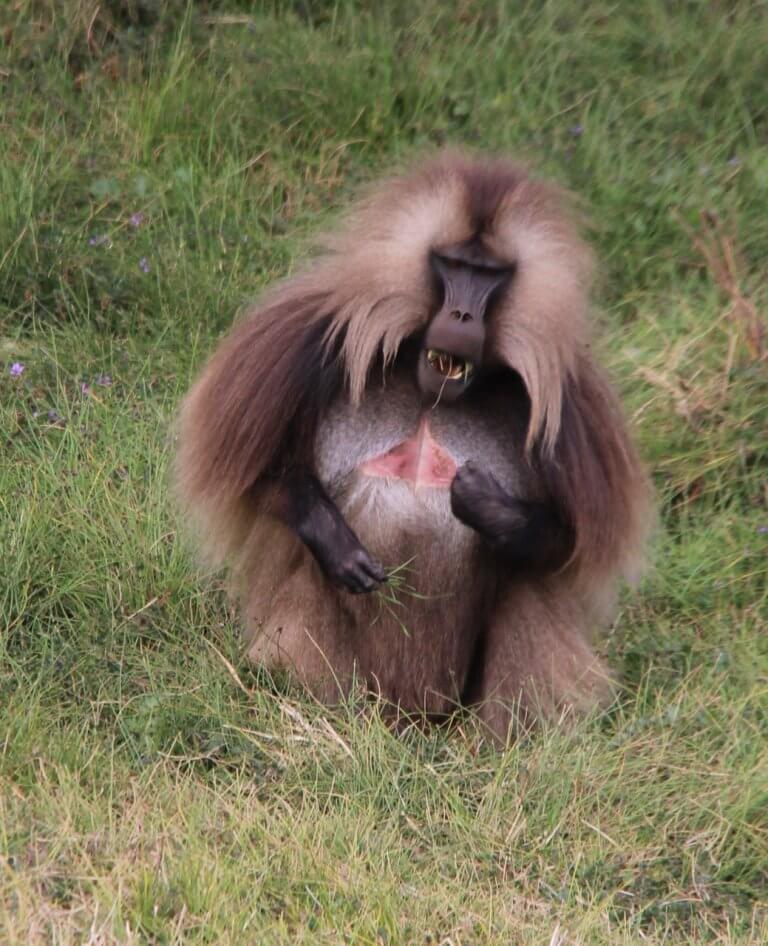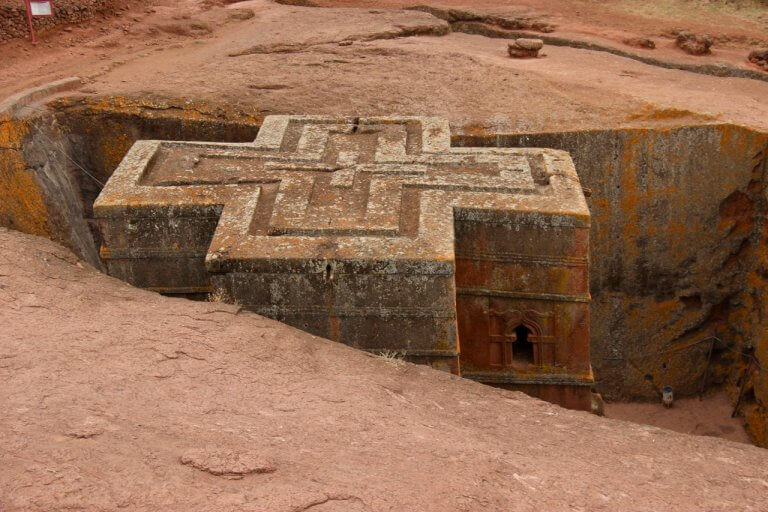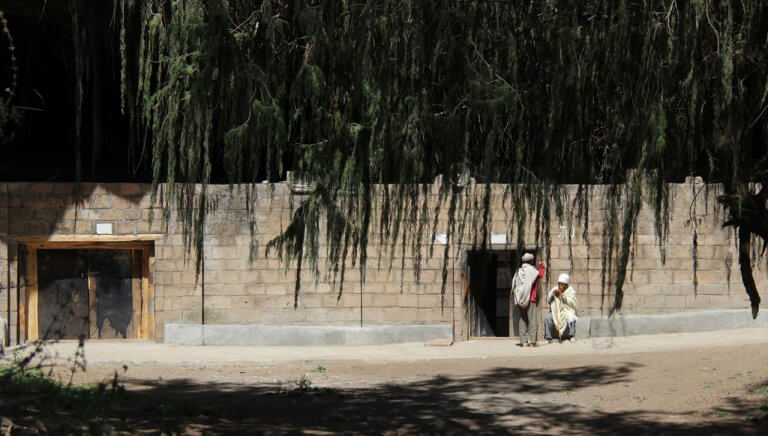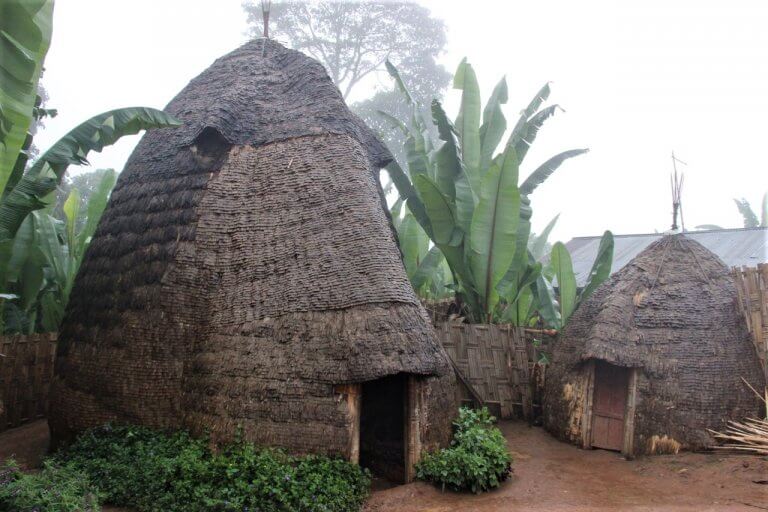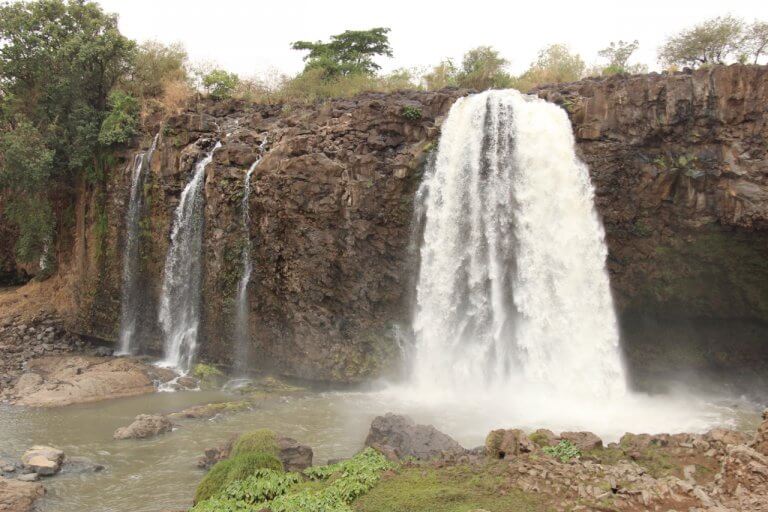
Day 18/19 29th and 30th April 2018 Rest day and Tour Day -Soweto and Apartheid Museum
After a day of rest at the peaceful Ekala Guest Farm we had a more challenging day visiting the history of South Africa with our host whose knowledge and insights made our day.
Growing up we heard about Apartheid, there were often discussions in households in our countries about sanctions particularly around sport. There was horror what man could do to man. Yet to visit and see and read in place was stark, horrifying, sad but also a testament to the strength, resilience and resolve of people trying to overcome oppression.
It brought home the hideous consequences of colonisation and greed. Without the rich gold mines would the outcome have been the same. If the estimated 2+trillion dollars in gold earnings had remained to build South Africa and its people how different would the history have been,
Now as we set off the first evidence of greed is the massive tailing hills scattered within the perimeter of the city. These hills now have some vegetation on them though sparse. In early years the dust would blow across townships – Soweto in particular. Two horrifying extras to the gold that still dwell in the tailings are Cyanide – used to extract the gold and Uranium accompanying the gold in the ground but not seen to be useful in the early days. The long term health of people and land from this alone seems insurmountable.

We stop at the huge FNB stadium built for the 2010 World cup and later hosting the funeral of Chris Hani who was assassinated in 1993 and the memorial tribute to Nelson Mandela in 2013.
And on through Soweto – in all the years I have heard of Soweto in the news I had never imagined the expanse of it. A large sprawling city of a place with towns within it. What grabs your attention is the tiny blocks houses are built on which leaves little green or community space except large areas of flood plain. From a distance it appears to be acres, and miles, and more of tiny matchbox houses.
We had initially not wanted to do this tour as we believed it was not respectful to go peering into peoples lives however our guide and other local people we met encouraged us – a good decision.

The first stop was the Hector Pieterson memorial – also on the site is a large museum which we did not visit today. Hector Pieterson was a young boy, the first killed in the Soweto Uprising. A large group of school children protesting the change to presenting all lessons in Africaans – were fired upon by police killing an estimated 566 children. Impossible to comprehend how this could happen yet as the day wore on the question of how continued. My view of “othering” separating and seeing a group of people as not like you, and eventually not human kept coming to mind.

The Mandela House Museum – the house in Soweto where the Mandela’s lived – was the next visit where a skilled local guide takes you through a brief history of the Evelyn – who first bought the house, Winnie and Nelson along with life in Soweto in what we would now romantically call a tiny house but many of these 2 or 3 roomed houses were home to extended family.
After a short drive past the recent home of Winnie Madikizela Mandela – Malcolm quietly explained this was the first time he had driven past since Winne Mandela died and the first time one could say Winnie was definitely not in her home.

The Freedom Charter was and is an extraordinary document prepared in consultation with the people of South Africa in 1955 and now forms the basis of the current South African Constituion:
- 1The People Shall Govern!
- 2All National Groups Shall Have Equal Rights!
- 3The People Shall Share In The Country’s Wealth!
- 4The Land Shall Be Shared Among Those Who Work It!
- 5All Shall Be Equal Before The Law!
- 6All Shall Enjoy Equal Human Rights!
- 7There Shall Be Work And Security!
- 8The Doors Of Learning And Of Culture Shall Be Opened!
- 9There Shall Be Houses, Security And Comfort!
- 10There Shall Be Peace And Friendship!
The Freedom Charter Memorial is a brick tower in Kliptown where a sundial like structure inside has the Freedom Charter around its circle. As we circled the memorial and read the charter engraved on it a trio of young men sang beautiful acapella echoed by the acoustics in the tower.
Apartheid Museum was to be a visit before circling Johannesberg and visiting a number of other sites. It became our afternoon and still we did not read and see all. We were amazed to find it was after 4pm and we had arrived before 1pm.
It was an emotionally exhausting visit with the final room being a 40 minute screening of excerpts of the Truth and Reconciliation commission – a shattering experience with huge respect for all who took part particularly those who listened and those who were survivors. For me I have always been interested in the process and the impact of that process on the participants it was enlightening to have a brief insight on film of survivors, family, advocates, and perpetrators during the process.
Of the many exhibits a small piece that touched me – I saw an interview with Mac Maharaj discussing the negotiation process what a great approach. This is not the interview from the museum but gives a little insight into the man.
The history laid out in the Museum makes one starkly question how this could happen. Both Chris and I were left asking “Where were we when this was happening?” “How can humans do this to another?” All the while I am humbled by the people both black and white who risked and often lost their lives or were tortured for their desire for equality.
